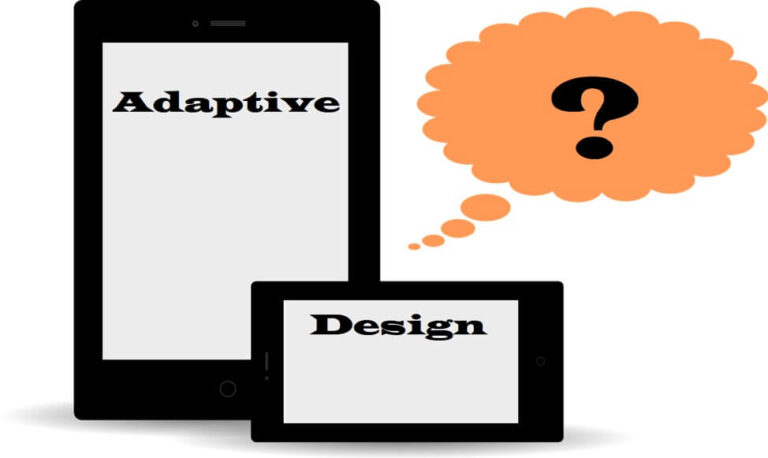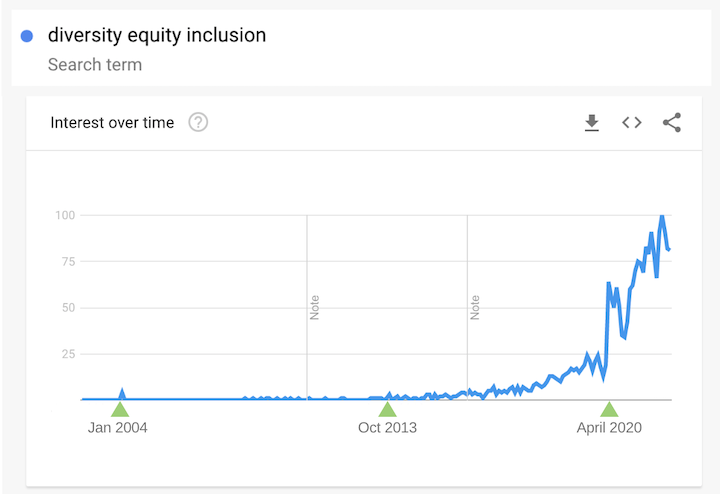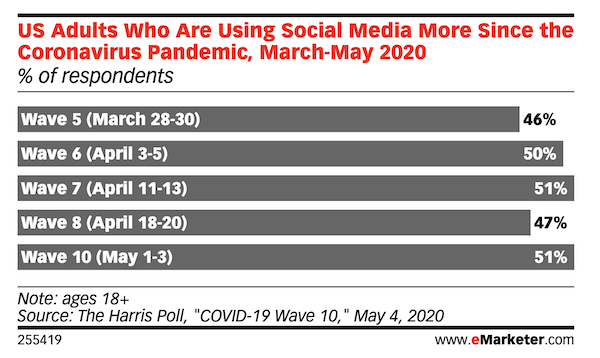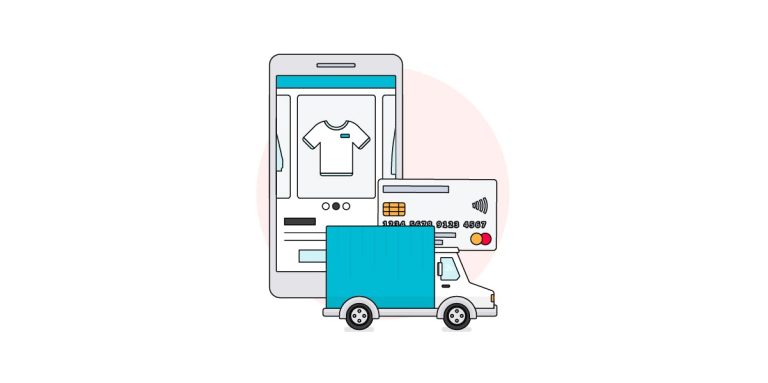We also saw more “non-designers” become a part of the design process. Among professional teams and organisations on Figma, the ratio of non-designers to designers grew by 25%. And today, more than two-thirds of people who use Figma identify as something other than “designer”.
Tell us about Figma, and the story behind the company…
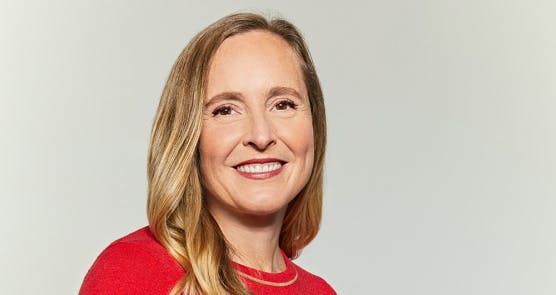
Soon after, Dylan and Evan started experimenting with what was possible in the browser. And in 2015, the first design tool that combined the accessibility of the Web with the functionality of a native app was born.
Tell us more about your role – what does a typical day look like?
In 2011, our founders Dylan Field and Evan Wallace had an idea to build tools for designers on the Web. That way, more people could have access to design tools; anyone in the world could work together in the same file; and questions like “is this the latest version” would become a thing of the past.
As Figma’s Chief Customer Officer, my role is to make sure that our business supports our customers and our community in every way we possibly can.
But our bigger picture product vision is to become a home for the entire product development process—from idea to production. FigJam, which is all about early stage ideation, gets us closer to that vision. But there’s a lot of work left to do, and we need more people to help us do it!
How can design influence buying behaviour?
Good design, on the other hand, makes the experience a delight. It’s smooth, intuitive, and feels almost effortless, which, in turn, makes you want to come back and do it (or buy it) again. That’s one way you inspire customer loyalty, especially since the economy is increasingly digital and online.
What that means is that it’s no longer enough just to build something; that ‘something’ – in this case software, websites or apps – needs to be designed well, too. Because we all know what it feels like to use a poorly-designed app or website. It’s clunky, it’s confusing, it’s frustrating, and it’s no fun.
It turned out that our community was using Figma in more ways and more often as well. Collaboration on the platform skyrocketed. In the year following the pandemic, we saw a 2.5x increase in collaborative projects taking place on our platform. The number of files shared across time zones increased by 3.5x.
Well-designed products spark joy and delight that make you want to keep on using them. Apple is an example of a company that puts a lot of thought into product design. Another less known example is Monzo, which sets itself apart from other banks through the design of its mobile experience.
Figma believes that ‘thoughtful design is a competitive advantage’ – can you elaborate on this, and what companies do you think embody this notion?
What is design thinking?
CEOs have clearly taken note. From 2012 to 2017, IBM increased its designer-to-developer ratio target from 1:72 to 1:18. At Atlassian, that ratio went from 1:25 to 1:8. Uber, Dropbox: companies are putting more staff and money into design than ever before.
It’s a widespread belief! According to McKinsey, design-centric companies deliver revenue and shareholder returns at nearly twice the rate of their peers. Similarly, The Design Management Institute found [in 2015 research] that publicly-traded companies with a strong emphasis on design outpaced the S&P 500 in the U.S. by 211 percent.
How has remote working impacted Figma and the wider design community?
Design has always been important. But I think it’s fair to say that more companies are starting to come around to the idea that design is increasingly how they win or lose.
In my role, I oversee all go-to-market functions. That includes marketing, sales, and customer support. No two days are ever the same, but on any given day you’ll likely find me meeting with members of the team to troubleshoot issues and help set the strategy for our go-to-market efforts.
We closed our offices and moved from in-person to fully online overnight. And while we had always used Figma for product design, over time it became our virtual home for everything from brainstorming to team-building.
Recently, I’ve been spending a lot of time on two things in particular: How to make sure our online whiteboard space FigJam reaches more people, and what go-to-market looks like in different markets since 80% of our users are outside the US.
What is next for Figma (and what are your biggest priorities?)
That means hiring is one of our biggest priorities at the moment, and it will continue to be throughout the next year. So, if anyone reading this is interested in joining our team and being part of a company that wants to make design accessible to all, they can visit Figma.com/careers to learn more.
Last year was full of major milestones for Figma. More than 60,000 people signed up to attend our annual design conference, Config, last April. Our team has grown from about 300 to nearly 500 people. And following the launch of our whiteboard space, FigJam, we’re now a multi-product company.
This is especially true now that more parts of the economy are moving online. We take meetings on Zoom. We order meals on Deliveroo. We bank and buy houses online. Entire companies are being built on software. Unsurprisingly, expectations for what good software looks and feels like have gone up.
This means design is becoming more collaborative and open. Web-based tools like Figma, which make online files accessible with a single URL, are helping to make that possible. This, of course, was true before many of us started working remotely. Covid-19 simply sped up a process that was already underway.

![What is Amazon Explore? [Amazon’s New Wave of Virtual Tourism and Online Retail]](https://research-institute.org/wp-content/uploads/2021/04/what-to-know-before-you-sell-your-small-business-768x432.png)
